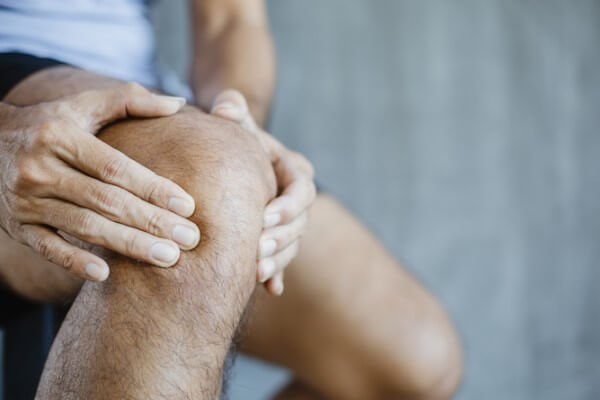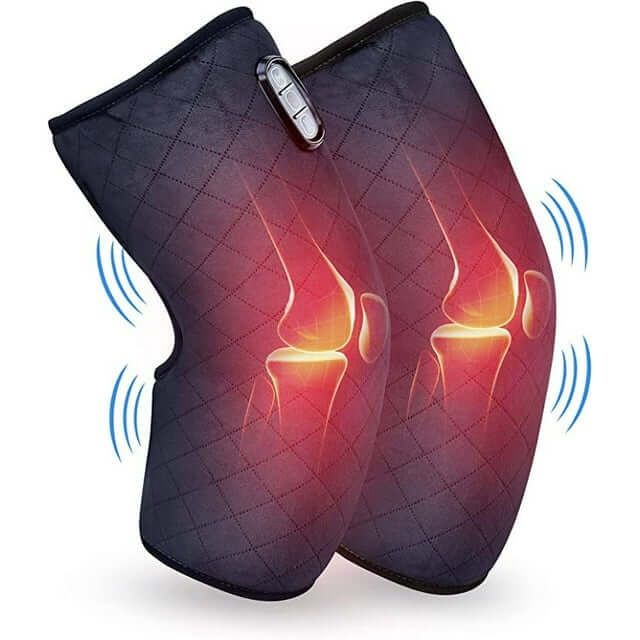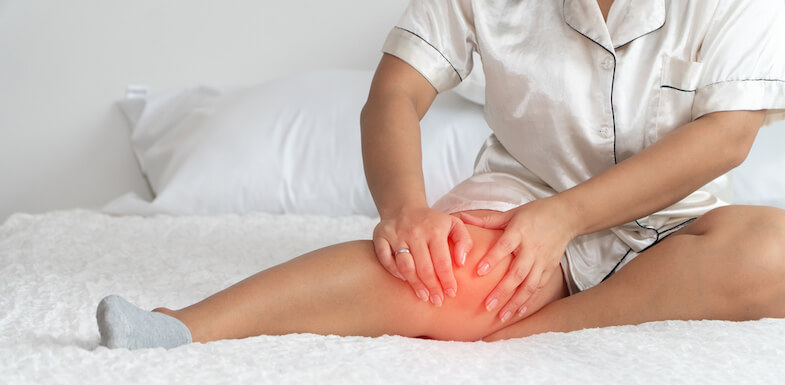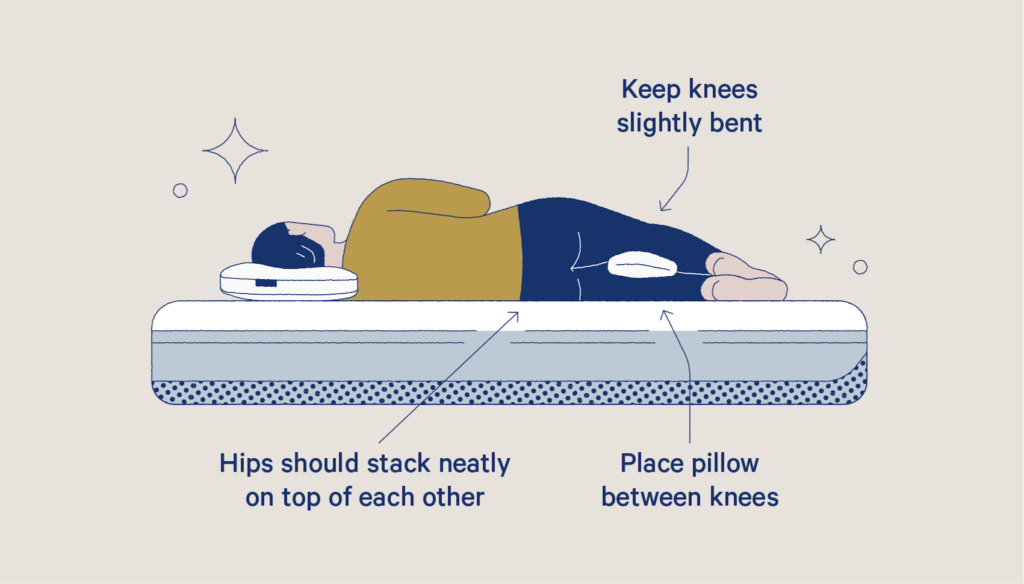Stiff knees are a common complaint, especially among older adults and people who are very physically active. Knee stiffness can occur as a result of poor flexibility or muscular imbalances in the legs. Injury and arthritis are other common causes of knee stiffness.
Knee stiffness is a common condition that can make it difficult to bend and straighten the knee. It can also cause pain and inflammation in the knee joint. Knee stiffness can be caused by a variety of factors, including:
- Injury: Injuries to the knee, such as meniscus tears, ligament injuries, and patellar tendinitis, can all cause stiffness.
- Overuse: Overusing the knee, such as through running or jumping frequently, can also lead to stiffness.
- Arthritis: Arthritis, such as osteoarthritis and rheumatoid arthritis, can also cause knee stiffness.
- Post-surgery stiffness: Knee surgery can also cause stiffness, but it usually improves over time.
- Other medical conditions: Other medical conditions, such as gout, Lyme disease, and psoriatic arthritis, can also cause knee stiffness.
Knee stiffness can be a mild or severe condition. In some cases, it may only cause minor discomfort and have little impact on daily activities. In other cases, it can be severe and make it difficult to walk, climb stairs, and perform other basic activities.
If you are experiencing knee stiffness, it is important to see a doctor to determine the underlying cause and get the appropriate treatment. Treatment for knee stiffness may include medication, physical therapy, and in some cases, surgery.
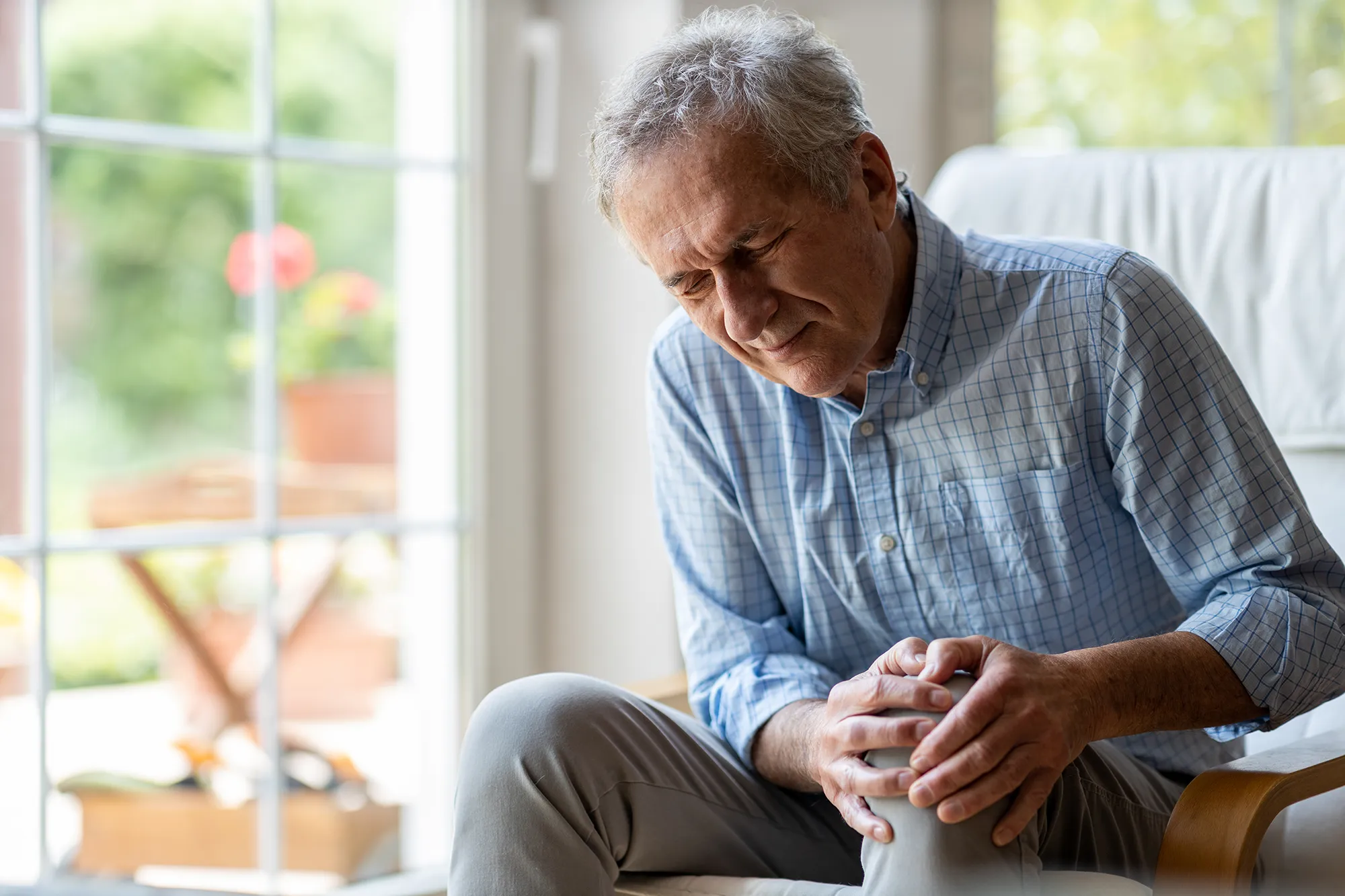
In addition to the causes listed above, there are a number of other factors that can contribute to knee stiffness. These include:
- Age: As we age, the cartilage in our joints naturally breaks down, which can lead to stiffness.
- Weight: Excess weight puts extra stress on the knee joints, which can lead to stiffness and pain.
- Inactivity: Inactivity can lead to muscle weakness and atrophy, which can make the knee joints more susceptible to stiffness and injury.
- Occupation: Jobs that require repetitive kneeling or squatting can put extra stress on the knee joints and lead to stiffness.
- Certain sports: Sports that involve high-impact activities, such as running and jumping, can also put extra stress on the knee joints and lead to stiffness.
If you are experiencing knee stiffness, there are a number of things you can do to manage the condition and improve your range of motion. These include:
- Exercise regularly: Exercise helps to strengthen the muscles around the knee joint and improve flexibility. However, it is important to choose low-impact activities that are easy on the knees.
- Maintain a healthy weight: Losing weight can help to reduce the stress on the knee joints and improve range of motion.
- Apply heat or ice: Heat can help to relax the muscles around the knee joint and improve flexibility. Ice can help to reduce inflammation and pain.
- Wear a supportive brace: A knee brace can help to support the knee joint and improve range of motion.
Here are 9 causes of stiff knees:
- Osteoarthritis. Osteoarthritis is the most common cause of stiff knees, especially in older adults. It is a degenerative joint disease that causes the cartilage in the knee joint to break down over time. This can lead to inflammation, pain, and stiffness.
- Meniscus tear. The meniscus is a piece of cartilage that acts as a cushion between the bones of the knee joint. A meniscus tear can occur during sudden movements, such as twisting or squatting. It can also be caused by overuse.
- Ligament injury. Ligaments are bands of tissue that connect the bones of the knee joint. A ligament injury can occur during sudden movements or as a result of overus.
- Patellar tendinitis. The patellar tendon connects the kneecap to the shinbone. Patellar tendinitis is an inflammation of this tendon. It is often caused by overuse, such as running or jumping frequently.
- Knee bursitis. Bursae are fluid-filled sacs that cushion the bones, tendons, and muscles in the knee joint. Knee bursitis is an inflammation of one of these bursae. It can be caused by overuse, injury, or infection.
- Gout. Gout is a type of arthritis that is caused by a buildup of uric acid crystals in the joints. It can cause sudden and severe pain, swelling, and stiffness in the knee joint.
- Rheumatoid arthritis. Rheumatoid arthritis is an autoimmune disease that can cause inflammation in the joints throughout the body, including the knee joints. It can cause pain, swelling, and stiffness in the knees.
- Infection. Infection of the knee joint can cause inflammation, pain, and stiffness. Infection can be caused by bacteria or viruses.
- Post-surgery stiffness. Post-surgery stiffness is a common side effect of knee surgery. It can take several weeks or months for the knee to regain full range of motion after surgery.
Other less common causes of stiff knees include:
- Arthrofibrosis is a condition in which scar tissue forms inside the knee joint, restricting movement.
- Septic arthritis is a serious infection of the knee joint that can cause severe pain, swelling, and stiffness.
- Psoriatic arthritis is a type of arthritis that can affect the skin and joints, including the knee joints.
- Systemic lupus erythematosus (SLE) is an autoimmune disease that can cause inflammation in the joints and other organs of the body.
Telltale Signs of Stiff Knees
The most common telltale signs of stiff knees are:
- Difficulty bending and straightening the knee: This may be especially noticeable in the morning or after sitting or standing for a long period of time.
- Pain and inflammation in the knee joint: This may be accompanied by swelling and warmth.
- Reduced range of motion in the knee: This may make it difficult to walk, climb stairs, or squat.
- A popping or grinding sound in the knee when it is moved: This is known as crepitus and it can be a sign of arthritis or other damage to the knee joint.
Other possible signs of stiff knees include:
- Weakness in the leg
- Instability in the knee joint
- A feeling of the knee “locking” or “catching”
- Redness and warmth around the knee joint
If you are experiencing any of these signs of stiff knees, it is important to see a doctor to determine the underlying cause and get the appropriate treatment.
Expanded telltale signs of stiff knees
In addition to the signs listed above, there are a number of other things to look for that may indicate stiff knees. These include:
- Morning stiffness: Stiffness in the knees that is most pronounced in the morning and improves with movement throughout the day is a common sign of arthritis.
- Limited activities: If you find that you are avoiding activities that you used to enjoy, such as walking, running, or climbing stairs, due to knee stiffness, it is a sign that the condition is interfering with your daily life.
- Changes in walking gait: If you notice that you are walking with a limp or that your stride has shortened, it may be due to knee stiffness.
- Difficulty getting up from a chair: If you find it difficult to get up from a chair or out of a car without using your hands to push yourself up, it may be a sign of knee weakness and stiffness.
- Uneven wear on shoes: If you notice that the soles of your shoes are wearing unevenly, it may be due to changes in your gait caused by knee stiffness.
The best treatment for stiff knees depends on the underlying cause. However, there are a number of general treatments that can help to relieve stiffness and improve range of motion. These include:
- Rest: Resting the knee can help to reduce inflammation and pain. However, it is important to avoid prolonged rest, as this can lead to muscle weakness and atrophy.
- Ice: Applying ice to the knee for 20 minutes at a time, several times a day, can help to reduce inflammation and pain.
- Compression: Wearing a compressive bandage or brace can help to reduce swelling and support the knee joint.
- Elevation: Elevating the leg when sitting or lying down can help to reduce swelling.
- Over-the-counter pain medication: Over-the-counter pain relievers, such as ibuprofen and acetaminophen, can help to relieve pain and inflammation.
If these general treatments are not effective, your doctor may recommend other treatments, such as:
- Physical therapy: Physical therapy can help to strengthen the muscles around the knee joint and improve flexibility.
- Corticosteroid injections: Corticosteroid injections can help to reduce inflammation and pain.
- Hyaluronic acid injections: Hyaluronic acid injections can help to lubricate the knee joint and improve range of motion.
- Platelet-rich plasma (PRP) injections: PRP injections can help to promote healing and reduce inflammation.
- Surgery: Surgery may be recommended for severe cases of stiff knees, such as those caused by osteoarthritis or a meniscus tear.
In addition to the above treatments, there are a number of things you can do at home to help manage knee stiffness and improve your range of motion. These include:
- Exercise regularly: Exercise is one of the best ways to manage knee stiffness. Low-impact activities, such as walking, swimming, and cycling, are especially beneficial.
- Maintain a healthy weight: Losing weight can help to reduce the stress on the knee joints and improve range of motion.
- Apply heat or ice: Heat can help to relax the muscles around the knee joint and improve flexibility. Ice can help to reduce inflammation and pain.
- Wear a supportive brace: A knee brace can help to support the knee joint and improve range of motion.
If you have tried these at-home treatments and your knee stiffness is still severe, you may need to see a doctor for further treatment.
Expanded treatments for stiff knees
In addition to the treatments listed above, there are a number of other newer and less invasive treatments that are being investigated for stiff knees. These include:
- Radiofrequency ablation: Radiofrequency ablation is a procedure that uses heat to destroy the nerves that supply pain signals from the knee joint.
- Shockwave therapy: Shockwave therapy is a non-invasive procedure that uses high-energy sound waves to stimulate healing and reduce inflammation.
- Stem cell therapy: Stem cell therapy is a newer treatment that involves injecting stem cells into the knee joint to promote healing and reduce inflammation.
These newer treatments are still being studied, but they have the potential to offer relief for people with stiff knees who have not responded to other treatments.
Conclusion
Stiff knees are a common complaint that can be caused by a variety of factors, including injury, overuse, arthritis, and other medical conditions. There are a number of treatments available for stiff knees, depending on the underlying cause. General treatments include rest, ice, compression, elevation, and over-the-counter pain medication. Other treatments may include physical therapy, corticosteroid injections, hyaluronic acid injections, platelet-rich plasma injections, surgery, and newer treatments such as radiofrequency ablation, shockwave therapy, and stem cell therapy.
If you are experiencing stiff knees, it is important to see a doctor to determine the underlying cause and get the appropriate treatment. Early diagnosis and treatment can help to prevent further damage to the knee joint and improve your range of motion.
Here are some tips for managing stiff knees at home:
- Exercise regularly, especially low-impact activities such as walking, swimming, and cycling.
- Maintain a healthy weight.
- Apply heat or ice to the knee for 20 minutes at a time, several times a day.
- Wear a supportive brace.
- Avoid prolonged rest.
If you have tried these home treatments and your knee stiffness is still severe, see a doctor for further advice.

